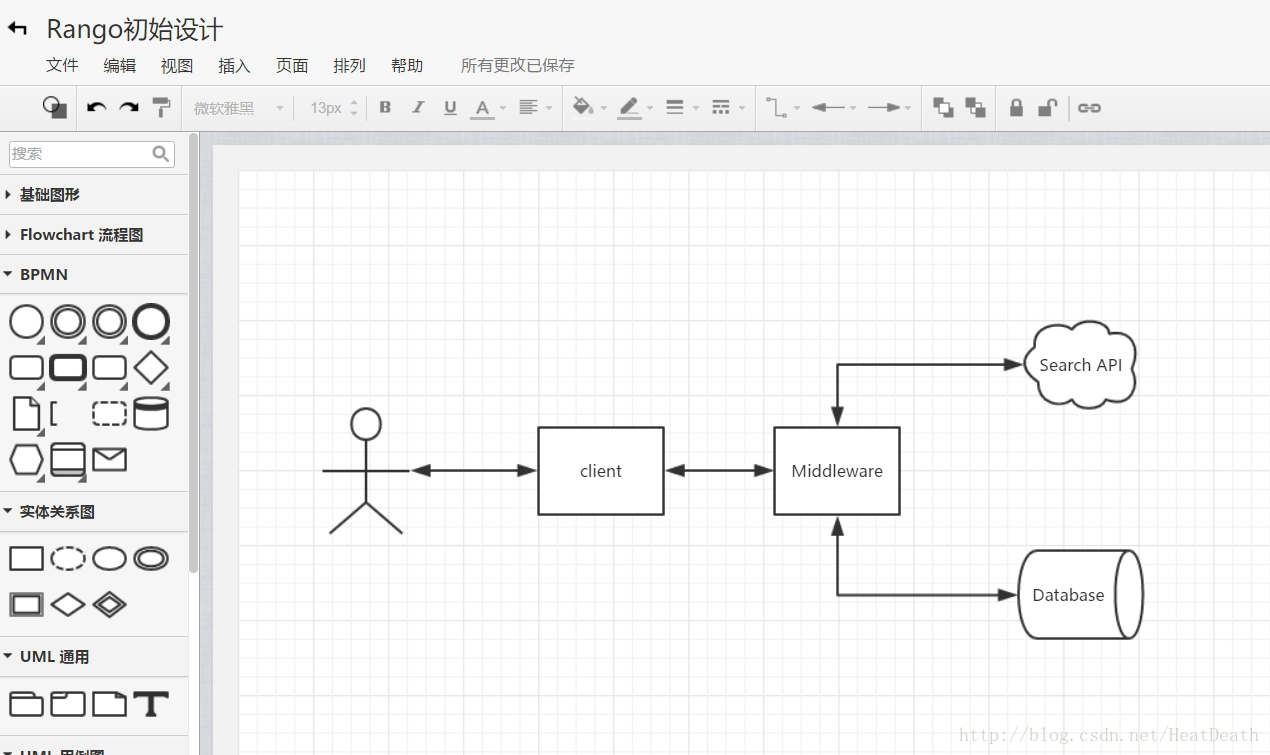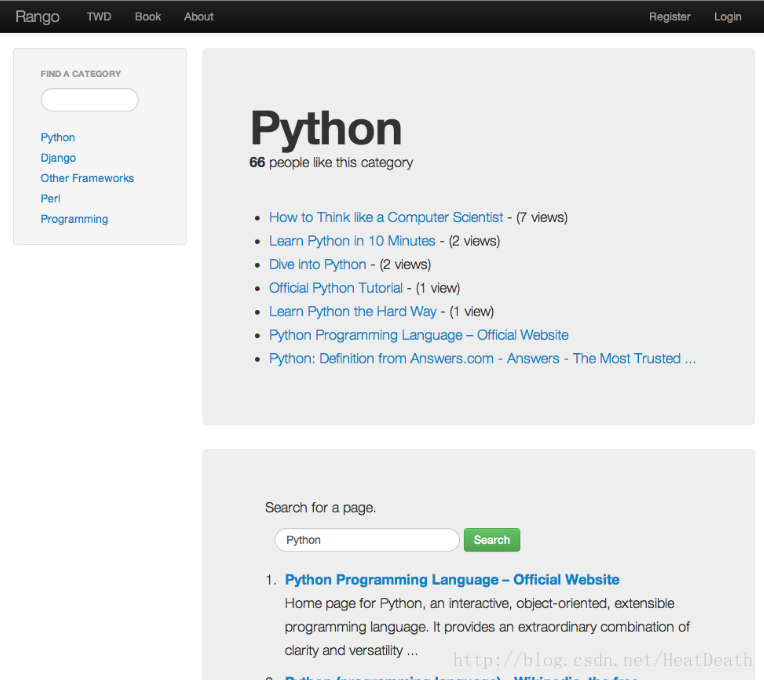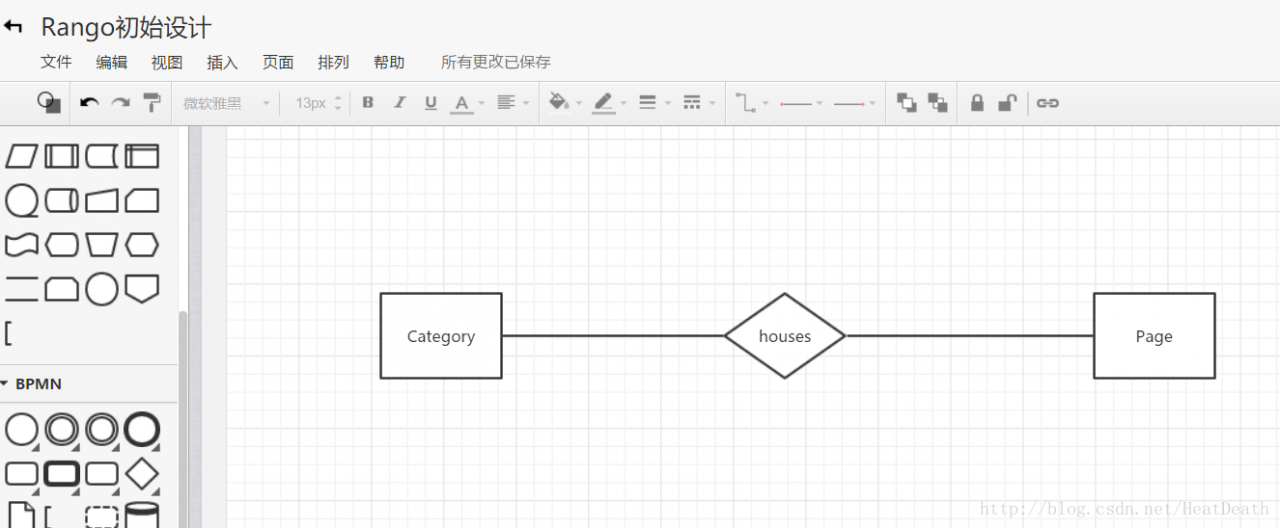19 Android must kill gadgets
1. Xappdbg
xappdbg is an application development tool that can change the parameters in the code during operation. This tool can save you a lot of time, because you don’t have to recompile and run your program for every small change of the application.
2. Chkbugreport
this tool can quickly check the output Android error reports. It does semantic analysis from a large number of text files output by Android error reporting tool, and then parses them into a more readable document, which is easier to analyze. Chkbugreport is also an open source project.
3. Apkanalyser
this is a static and virtual analysis tool. You can have a comprehensive overview of the application architecture. You can use it to check API references, check application dependencies, and decompile bytecode. Apkanalyser is a complete open source tool chain. It supports modifying the application binary code. You can repackage, install, run and verify the results of logcat.
4. Appxplore
with the appxplore tool, you can browse all the apps installed on your Android device, and analyze the details of many apps — app version, package name, certificate, permission, signature, activities and other information that can’t be viewed on many devices. Appxplore is especially useful for checking the memory size occupied by the application when it is running and whether the files can be moved to the SD card. Similarly, developers can test and ensure the quality of the application. This ensures that the application displays the appropriate permissions on the manifest file.
5. Memory analyzer (MAT)
memory analyzer on eclipse is a fast and functional Java heap analysis tool, which can help you find memory leaks and reduce memory overhead. Using memory analyzer, we can analyze millions of objects and multiple heap dumps, quickly count the number of objects left, so that we can see which objects prevent the garbage collector from collecting. Finally, run a report to automatically report the suspicious place that caused the leak.
6. Eclipse Plug-in sqlitemanger
this plug-in can help developers view and modify SQLite database on eclipse.
7. Robotium
robotium is a testing framework, which can simply write a powerful and robust automatic black box test container for Android applications. With robotium, test developers can support a variety of Android activities to write function, system and acceptance test scripts. Robotics fully supports activity, dialogues, toast, menus and context menus.
8. Acra
acra is a function library that allows Android applications to automatically issue Google doc format crash reports. Android developers can get the data of application crash or wrong behavior through acra. If a crash occurs, your application will not add user alerts beyond the existing system crash alerts or reporting functions. If toast, status bar or direct dialog mode is used, the “forced close” dialog will no longer be displayed. Even if the reminder function of the native system on the device is turned on, another report cannot be sent.
Br> the Android binder will convert all of your Android layout statements into a series of XML files. Type a prefix, select the range to paste on the XML file, and then click generate. Select “verb” to find out why all the areas are skipped.
10. The ever expanding ecosystem of Android devices has brought unique challenges to test applications. Spoon simplifies this task by assigning execution of instrumentation tests and displaying results in a more meaningful way. Instead of trying to be a new form of testing, spoon makes the current instrumentation testing more useful. With the application’s APK and instrumentation APK, spoon can run tests on multiple devices at the same time. Once all the tests are completed, a static HTML summary is generated that includes the details of the various device tests.
11. Android content provider code generator
do you often copy and paste a lot of code to write a content provider?Then this code generation tool can help you.
12. Start your next android app in 10 seconds. Android KickStarter uses the most popular library to help you quickly build a configured android app. It creates and configures projects for you, and focuses directly on the code!
13. Android holo color generator
this Android holo color generator allows you to simply create Android components for your application, such as editext or spinner, and use your own colors. It will generate all nine necessary patch assets and related XML drawables and styles files, which can be directly copied into your project.
14. Actionbar style generator
this actionbar style generator allows you to easily create a concise, attractive and bug free custom actionbar. It will generate all nine necessary patch assets and related XML drawables and styles files, which can be copied directly into your project.
15. Asset studio
asset Studio allows you to quickly and easily generate icons from existing images, clip art or text resources.
16. Little eye labs
little eye labs is a performance analysis tool for Android applications. Its product has been renamed “little eye” instead of “little eye appinsight”. Keep our product catalog concise, consistent with the overall theme that we focus on simplicity in each part of our work.
Main features:
outline any application;
record and playback video;
front end and background usage;
consumption of CPU, memory and data;
manual or automatic heap dump;
save and share.
17. The concept of “overdraw” is considered to be very important in the Android world. At the Google I/O conference, few speeches emphasized the importance of reducing overdraft. This is the first tool (the best I know) that can help us easily identify overdrafts.
Main features
3D query;
find overdraft;
box model;
combine with DDMS;
view hierarchy;
background/content;
webgl;
2D to 3D to 2D;
· more
18. Android Button Maker
Android Button Maker is a tool that can generate button code online. The Android API provides drawable resources for geometric shapes defined by XML files, including colors, boundaries, and gradients. The generation of these buttons is based on XML code in drawable form, which can load faster than ordinary PNG buttons. You can customize the properties of the button on the settings panel and get its source code.
19. Jsonschema2pojo
is used to generate POJO (plain old Java object) class on JSON architecture. This small and powerful tool can save you the time to write POJO.







